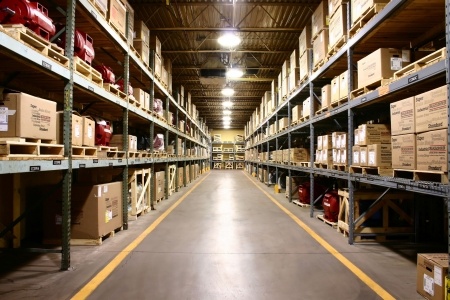
13 Sep, 2016
Domestic Aviation Accidents: Types Of Legal ClaimsAviation accidents may involve multiple legal claims, including negligence, violations of the Federal Torts Claim…

If an injured person has any hope of proving any of these elements of their case, they must remember the most important thing about successfully pursuing a product liability claim: Never give up the product – never return the product to the manufacturer.
In recent years, drugs and medical devices have been getting the bulk of product liability press. These cases present product-related injuries, but a wide variety of other product cases are far more common. Injured men and women regularly seek treatment due to appliance, tool and auto malfunctions. Children are injured due to improperly designed and manufactured toys, furniture, and nursery equipment. Defective product details are regularly documented on the Consumer Product Safety Commission website, CPSC.gov.
A defective product can involve more than just a glitch or a malfunction that causes injury. A product defect includes a range of situations.
Products cause injuries every day. It’s up to the injured party to preserve and document the evidence that can aid their Illinois personal injury lawyers in successfully filing a lawsuit or presenting an informal claim for damages.
When a person believes they have been injured by a defective product, medical treatment should be the first consideration. A doctor or hospital visit confirms the injuries. An injured party’s version of the incident is usually documented by the medical staff. Medical records also preserve information on the date and time of the injury and the date and time of treatment.
A product injury incident scene should be treated similarly to an auto accident scene. The information generated from the date and time of the incident should be documented and organized in a file for future presentation to the Illinois personal injury lawyers who will handle the case. The claim folder should include:
When a product-related injury occurs, the injured person must make a report to the persons responsible for placing the product on the market. Those parties may include:
Businesses should have liability insurance that covers product liability claims. Major manufacturers often self-insure for product liability and other exposures. This allows deniability control over claims. As with auto accidents or slip and fall cases, a claims adjuster or some other claim representative will conduct an investigation to determine liability for the faulty product. They will begin by asking for a written or recorded statement as to how the injury occurred.
The most crucial part of a product liability adjuster’s job is convincing the injured party to give up the allegedly defective product. The manufacturer wants the defective product to confirm or disprove an alleged defect. The insurance company wants it to evaluate the injury claim and set a claim reserve. An injured party and their Illinois personal injury lawyers will need it for similar reasons. Once a product is turned over to an adjuster or some other liability representative, the proof that a defect exists is out of the injured party’s hands.
Once the product has changed hands, it diminishes the possibility of independent product testing. Manufacturers who test their own products may produce biased results. A tester might perform destructive testing, a process that tears down the product. When this takes place the re-assembly might not duplicate the defect.
When an injured person does give up a defective product, it should be under circumstances that allow continued control. An individual may contract to have their own expert test for a defect. It can be costly, but if the injuries are serious, it can be worth the price.